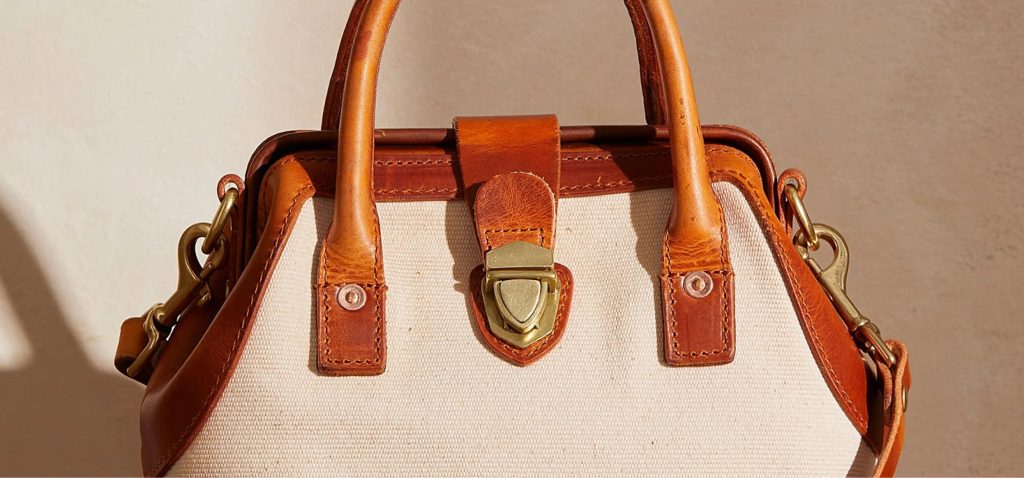Replica handbags have become a booming industry, offering fashionable alternatives to high-end luxury designs at a fraction of the price. With brands like Louis Vuitton, Gucci, Chanel, and Hermès commanding high price tags, it is no surprise that many consumers look for budget-friendly ways to embrace designer aesthetics. For some, these counterfeit handbags are a way to stay stylish without breaking the bank. However, despite their appeal, replica handbags come with significant risks, ethical concerns, and legal ramifications that can make them a risky choice for consumers. First and foremost, replica handbags offer the allure of designer luxury without the associated cost. Many of these handbags closely mimic the design, color schemes, and logos of top luxury brands. In some cases, high-quality replicas are made with such precision that it can be difficult for the average person to tell the difference. For fashion-conscious individuals on a budget, the idea of getting the look for less can be quite appealing. Owning a handbag that looks like it costs thousands of dollars can boost confidence, especially in social situations where brand recognition plays a significant role. For some, it is about being part of a fashion-forward community without the steep financial commitment.

However, the appeal of replica handbags is overshadowed by the ethical issues they present. Counterfeiting is illegal in most parts of the world and purchasing or selling counterfeit goods can lead to hefty fines and even imprisonment in some countries. Beyond the legal risks, counterfeiting also harms the original designers and companies, who lose revenue and creative control over their intellectual property. The process of creating these replicas bypasses the years of work, innovation, and craftsmanship that go into the creation of original luxury items. This undermines the fashion industry as a whole, particularly for artisans and workers who depend on these brands for their livelihoods. Moreover, replica handbags often come with hidden risks regarding quality and safety. While some replicas are well-made, many are crafted with inferior materials that may not hold up to daily wear. Cheap hardware, weak stitching, and subpar leather or synthetic materials can lead to a bag that falls apart after minimal use. Worse still, some counterfeit bags are made in unsafe conditions, in factories that exploit workers, and with little regard for environmental or labor laws. In this context, buying a replica can indirectly contribute to unethical labor practices.
From a social perspective, owning a Replica Bags can also carry stigma. While some people may admire the appearance of the bag, others may view it as a symbol of dishonesty or an attempt to pass off something fake as genuine. For those who place importance on authenticity, wearing a fake can feel like betraying the values of transparency and honesty. In conclusion, while replica handbags may seem like a fashionable and budget-friendly alternative to luxury items, they come with numerous risks. Legal repercussions, ethical concerns, and inferior quality make them a controversial choice in the world of fashion. While they may provide a temporary sense of style and confidence, the long-term implications of supporting counterfeiting make replica handbags a risky investment for consumers.
